Chocolate isn’t just a treat—it’s a fascinating subject with a rich history and surprising science behind it! From ancient civilizations to modern candy factories, this sweet delight has shaped cultures, economies, and taste buds worldwide.
Ready to unwrap some mind-blowing chocolate facts that your teachers definitely skipped in class?
17. Chocolate Was Once Used As Money
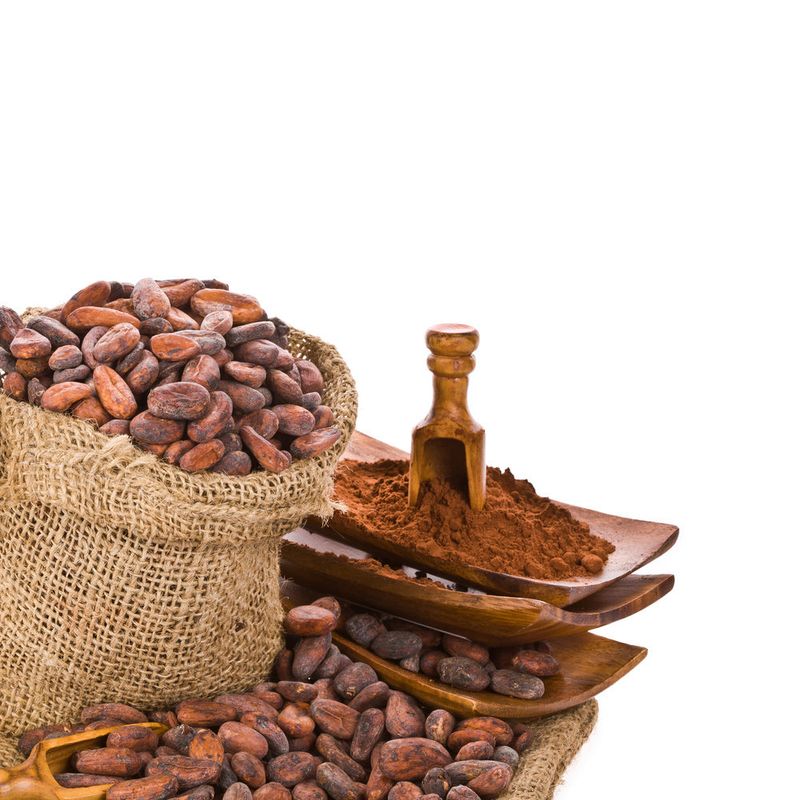
Aztecs valued cacao beans so highly they used them as currency! Can you imagine paying for groceries with chocolate coins? That’s exactly what happened in ancient Mesoamerica.
A turkey could cost you 100 beans, while a rabbit might set you back just 10. Chocolate literally grew on trees—talk about growing your savings!
16. White Chocolate Isn’t Really Chocolate
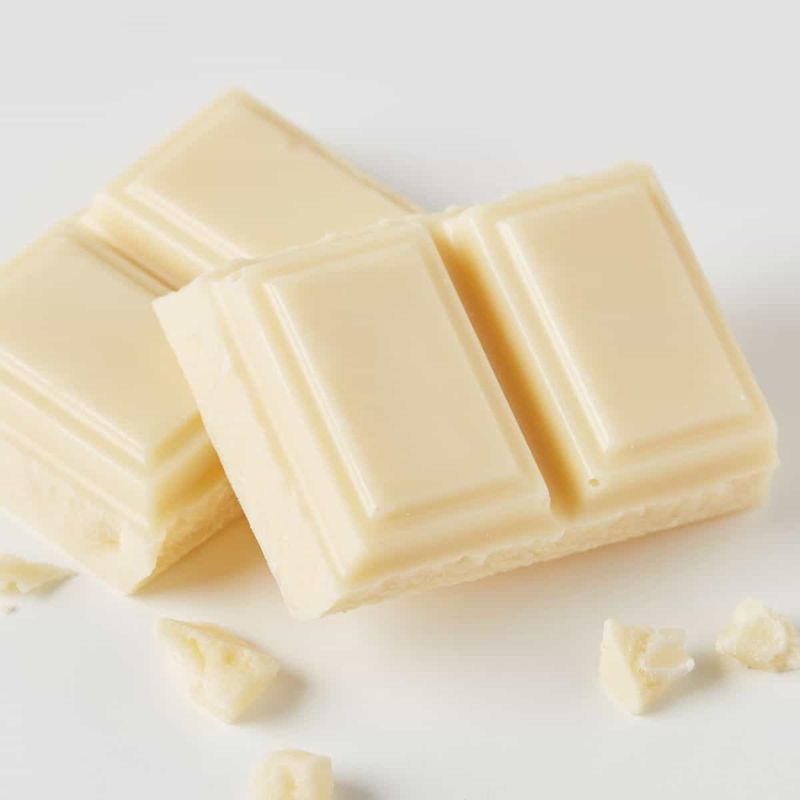
Surprise! White chocolate lacks cocoa solids, the essential component that defines true chocolate. What’s actually in it? A blend of cocoa butter, sugar, milk solids, and vanilla.
Though tasty in its own right, chocolate purists often scoff at its impostor status. Next time you bite into that creamy white bar, remember—you’re enjoying chocolate’s rebellious cousin!
15. The World’s Largest Chocolate Bar Weighed Over 12,000 Pounds
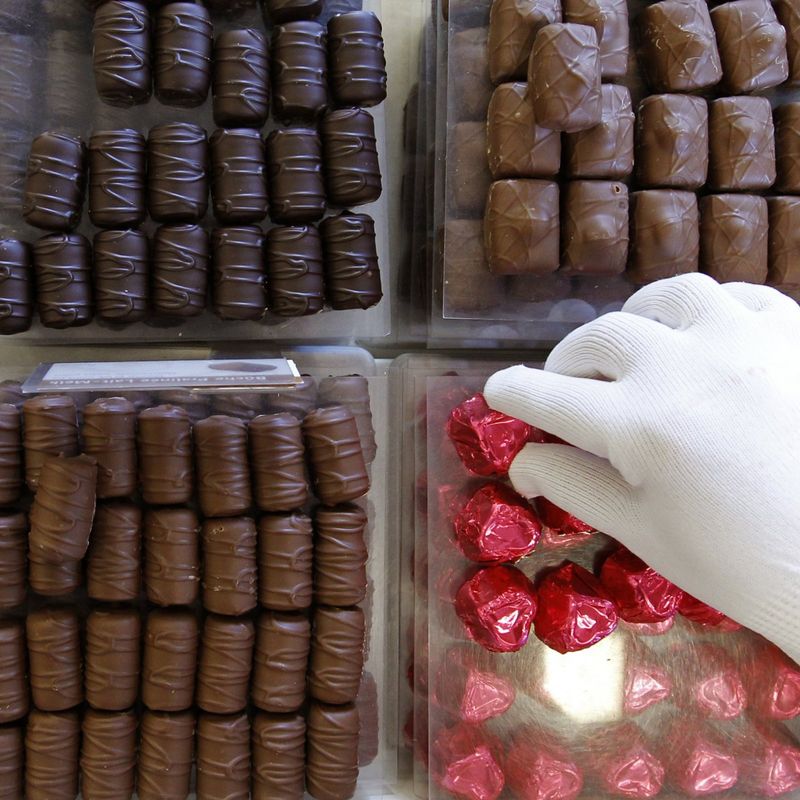
Thorntons created a chocolate behemoth in 2011 that tipped the scales at a jaw-dropping 12,770 pounds! What could you possibly do with that much chocolate?
This record-breaking sweet treat measured nearly 14 feet long and contained enough chocolate to make approximately 7,000 regular-sized bars. Imagine the toothbrushes needed after consuming that monster!
14. Chocolate Makes You Feel Like You’re In Love
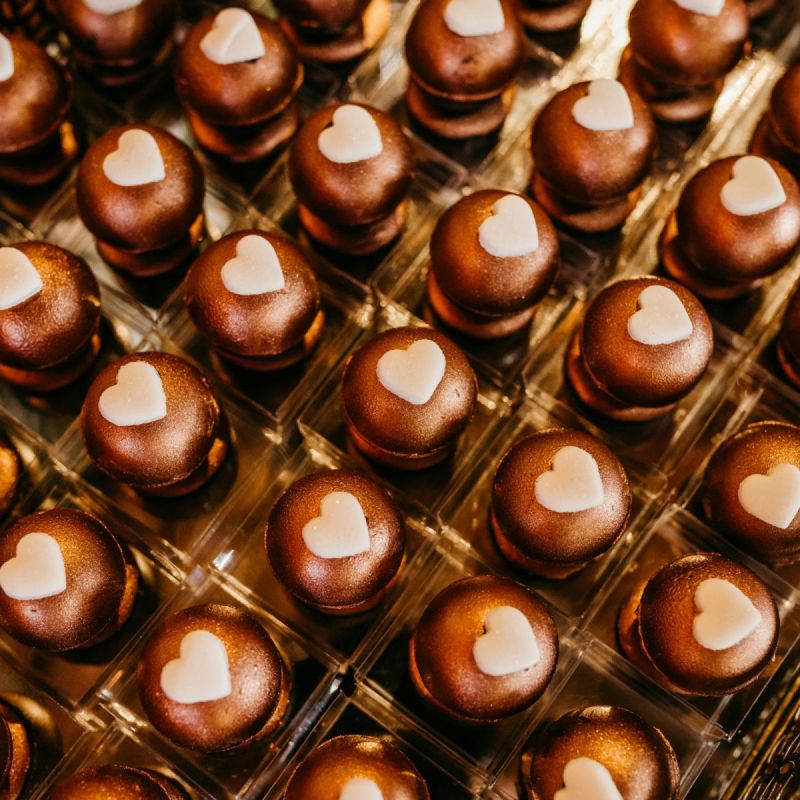
Ever wondered why chocolate seems magical? It contains phenylethylamine—the same chemical your brain releases when you’re head over heels! How’s that for a scientific explanation of your cravings?
Dopamine is produced in response to this love-inducing substance, giving you that cozy, fuzzy sensation. It explains why chocolate is our constant companion through both celebrations and heartbreaks, even if the impact is just momentary!
13. The Chocolate Chip Cookie Was An Accident
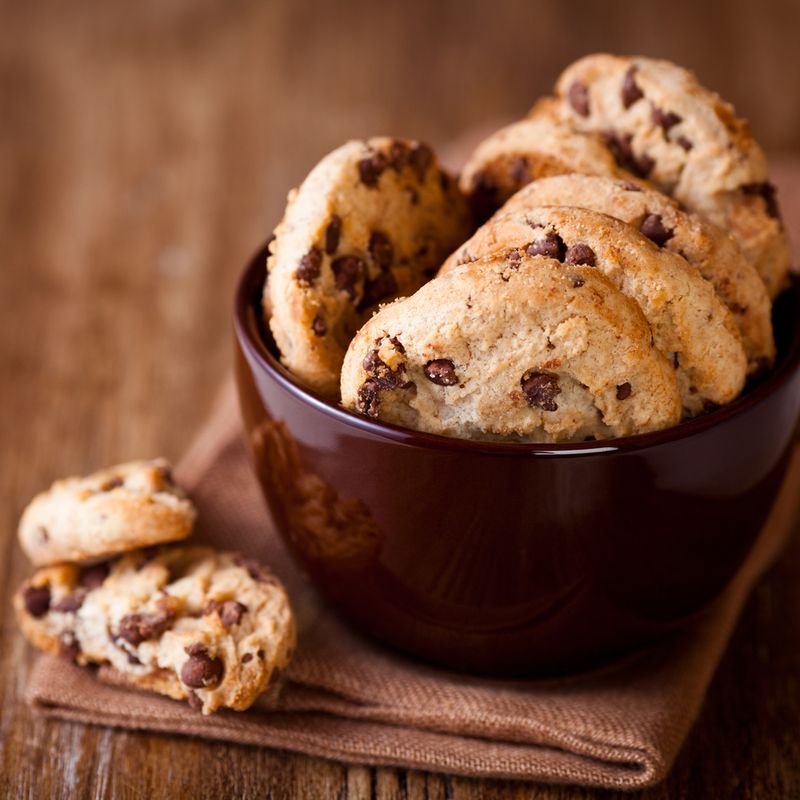
Thank heavens for Ruth Wakefield’s magnificent mistake in 1930! While baking cookies at her Toll House Inn, she ran out of baker’s chocolate and substituted broken chocolate pieces, expecting them to melt completely.
Instead, those stubborn chunks held their shape, creating the world’s first chocolate chip cookies. Her delicious accident later became Nestlé’s famous recipe—proof that not all kitchen disasters end badly!
12. Americans Consume 2.8 Billion Pounds Of Chocolate Annually
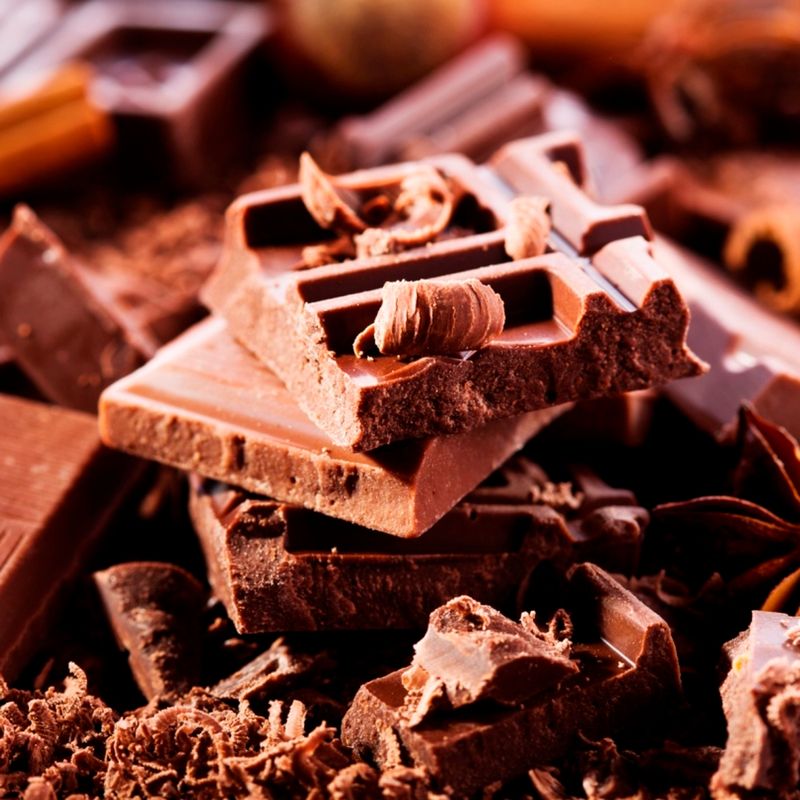
Holy cocoa beans! Americans devour a staggering amount of chocolate each year. If we distributed it equally, every citizen would get about 11 pounds—that’s approximately 200 standard-sized chocolate bars per person!
Where does all this chocolate end up? From birthday cakes to midnight snacks, our national sweet tooth knows no bounds. Got chocolate cravings yet? You’re clearly not alone!
11. Raw Chocolate Is Extremely Bitter
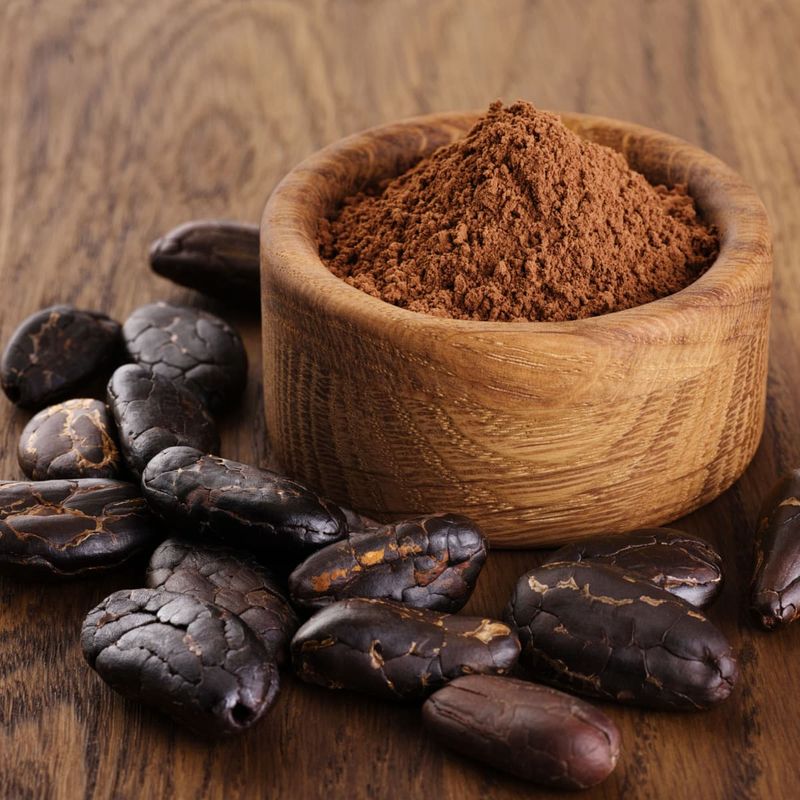
Brace yourself for a shock—raw cacao beans taste nothing like your favorite candy bar! Without sugar and processing, chocolate packs a punch so bitter it might make your face scrunch up like a raisin in the sun.
Ancient Mayans actually preferred their chocolate drinks spicy and unsweetened. Modern chocolate-making involves fermentation, roasting, and conching to transform those bitter beans into the silky sweetness we crave!
10. Chocolate Was Once Considered Medicine
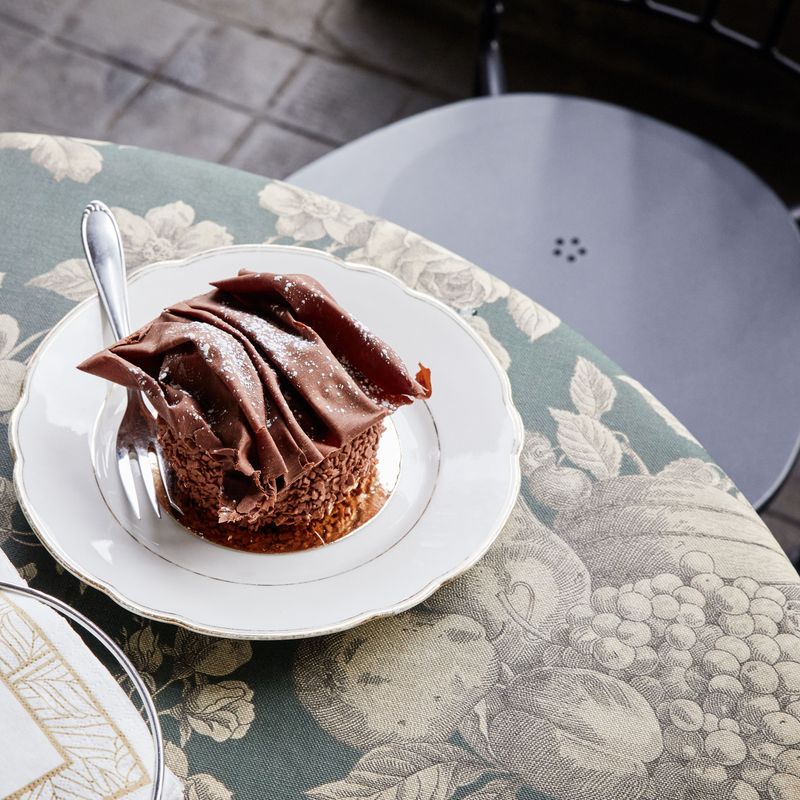
Doctors in the 1800s actually prescribed chocolate for ailments ranging from broken hearts to stomach troubles! Would you believe these Victorian physicians were onto something?
Modern science confirms chocolate contains antioxidants and mood-enhancing compounds. Though not quite a miracle drug, dark chocolate in moderation does offer health benefits. If only all medicine tasted this delicious—we’d never skip a dose!
9. It Takes 400 Cocoa Beans To Make One Pound Of Chocolate
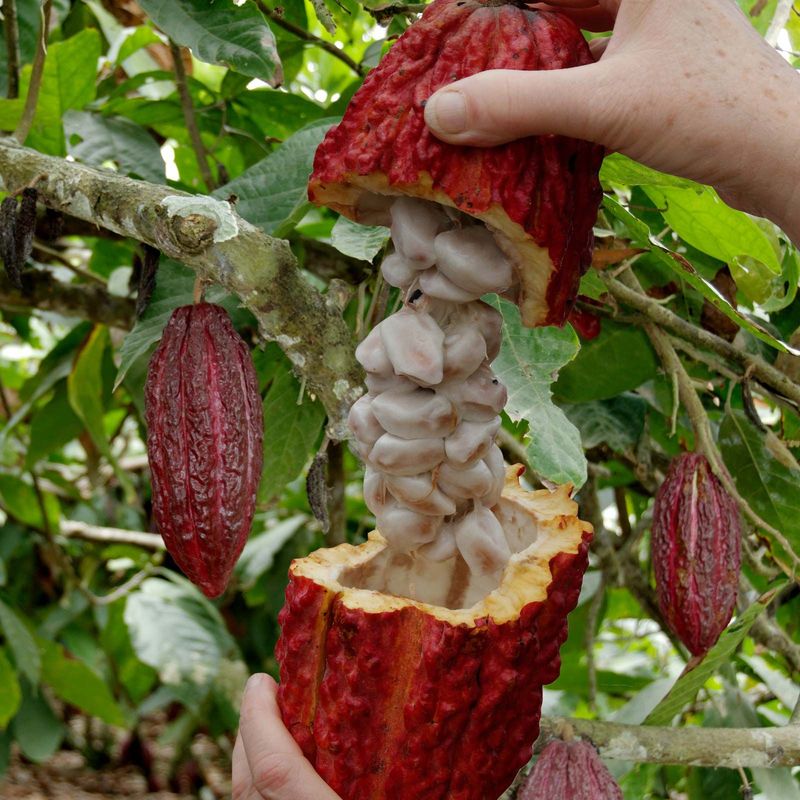
Four hundred tiny beans transform into just one pound of chocolate goodness! Each cacao pod contains only 20-50 beans, meaning multiple pods must sacrifice their contents for your chocolate fix.
Farmers must carefully harvest, ferment, dry, and process these precious seeds before they begin their journey to becoming treats. Next time you unwrap a chocolate bar, remember the incredible bean-to-bar journey it took!
8. Chocolate Has Over 600 Flavor Compounds
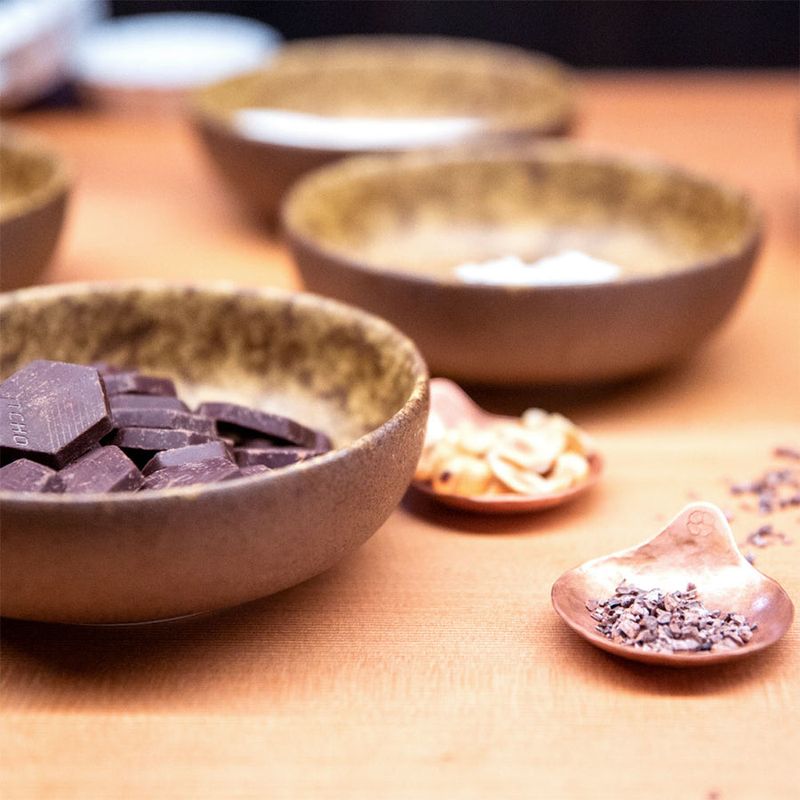
Wine enthusiasts brag about complexity, but chocolate laughs in their faces with over 600 flavor compounds! Compare that to red wine’s measly 200 compounds, and you’ll understand why chocolate tasting can be so sophisticated.
Professional chocolate connoisseurs detect notes ranging from fruity and floral to nutty and earthy. Want to impress your friends? Host a chocolate tasting party and show off your newly discovered palate prowess!
7. Chocolate Melts At Body Temperature
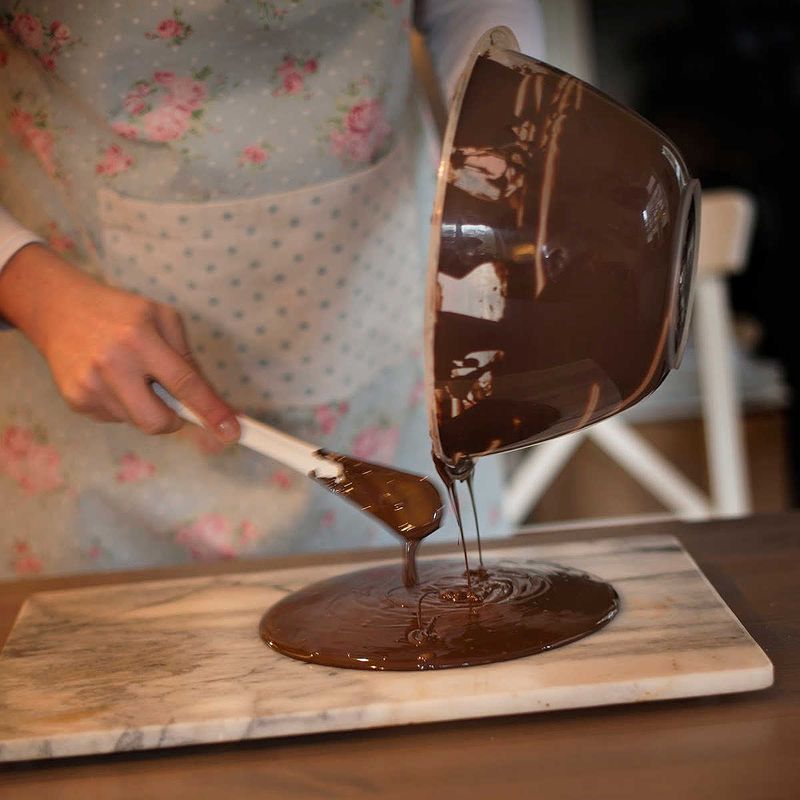
Why does chocolate melt so perfectly in your mouth? Because cocoa butter’s melting point hovers around 93°F—just below body temperature! This scientific sweet spot ensures that velvety melt-in-your-mouth experience we all crave.
Master chocolatiers exploit this property when tempering chocolate to achieve that satisfying snap followed by smooth melting. Isn’t it magical how chocolate was practically designed for human enjoyment?
6. The World’s Most Expensive Chocolate Costs $400+ Per Pound
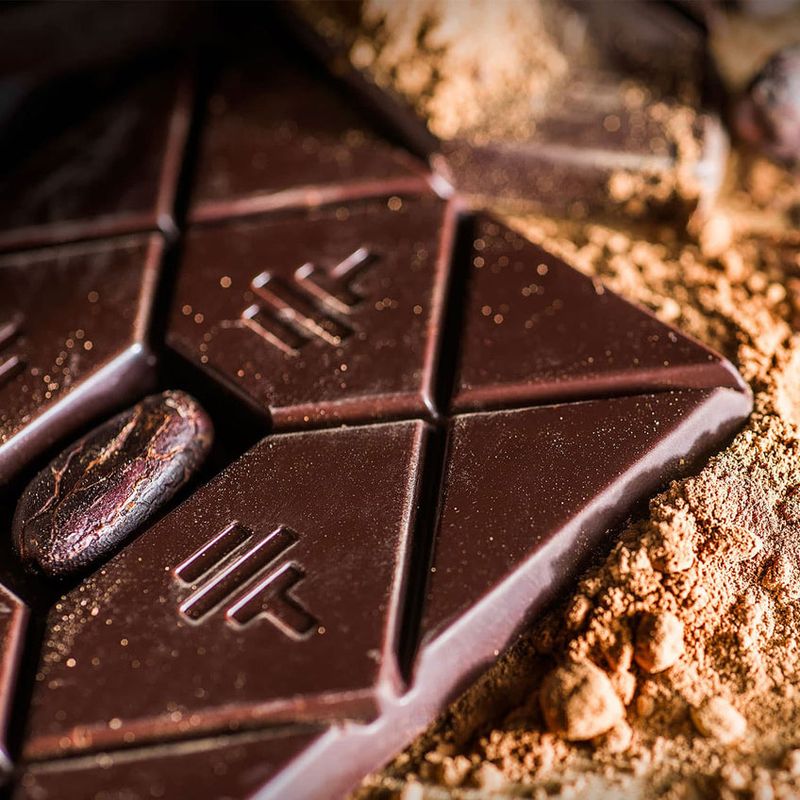
Luxury chocolate brand To’ak produces bars that cost more than many people’s weekly grocery budgets! Made from rare Ecuadorian Nacional cacao beans, these extravagant treats undergo meticulous fermentation and aging processes.
Each bar comes in a handcrafted wooden box with tweezers for proper tasting. Ridiculous or sublime? For the price of one bar, you could buy approximately 400 regular chocolate bars—would you splurge for the experience?
5. Chocolate Can Harm Dogs
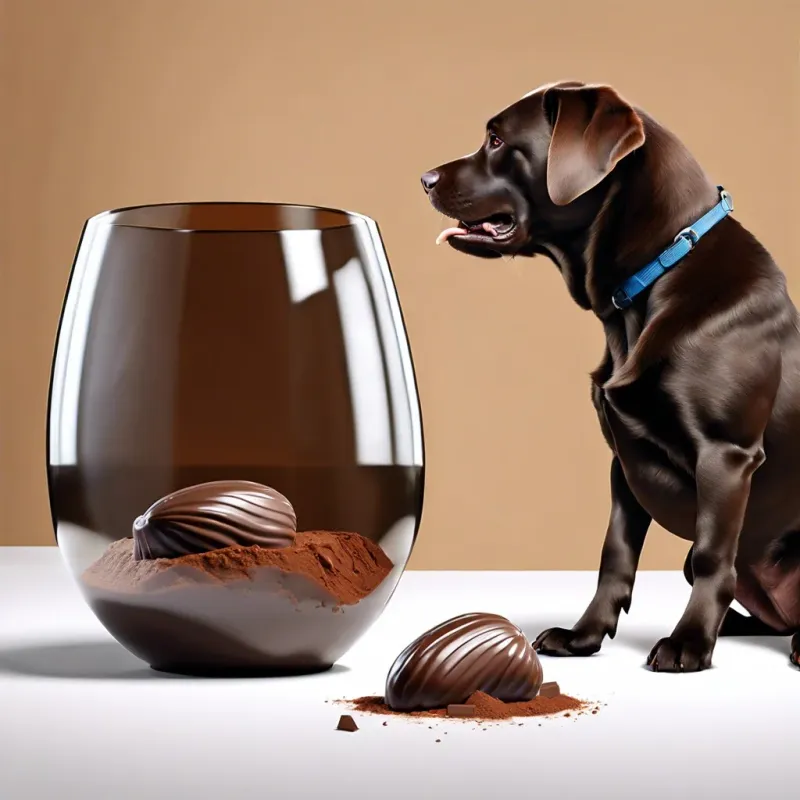
Keep those chocolate treats away from Fido! Dogs lack the enzyme needed to metabolize theobromine, a stimulant naturally found in chocolate. Even small amounts can cause serious illness or worse in our furry friends.
Dark and baking chocolates pose the greatest danger due to their higher theobromine content. If you suspect your pooch has snagged some chocolate, call your vet immediately—this is one sweet that should remain a human-only indulgence!
4. The First Chocolate Bar Was Created In 1847
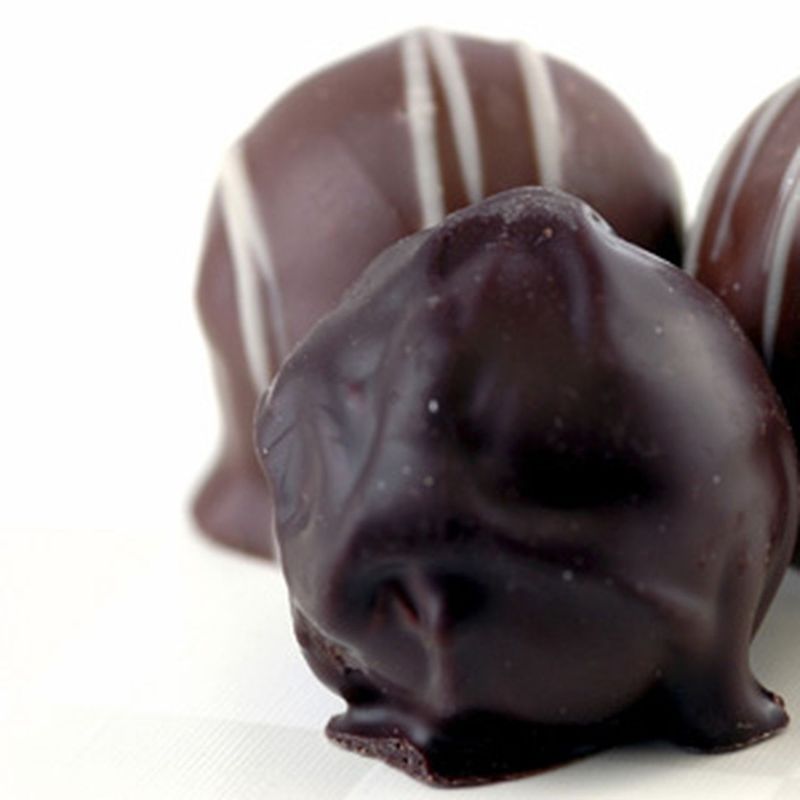
Before 1847, chocolate existed only as drinks or fancy desserts—can you imagine a world without chocolate bars? Thank goodness for Joseph Fry, who discovered that adding cocoa butter back into cocoa powder created a moldable paste!
This revolutionary technique gave birth to the first solid eating chocolate. Though barely resembling today’s smooth treats, Fry’s creation sparked the chocolate revolution that continues to sweeten our lives nearly two centuries later!
3. Switzerland Consumes The Most Chocolate Per Capita
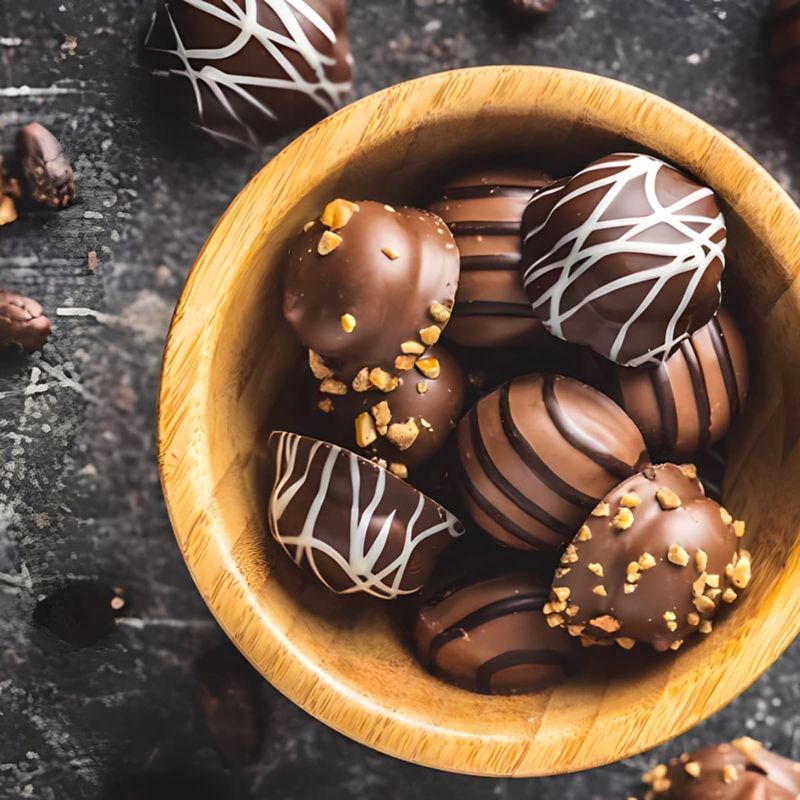
Swiss citizens devour an astonishing 22 pounds of chocolate per person annually! How do they maintain such impressive consumption while staying healthy? Perhaps all that Alpine hiking helps burn off those delicious calories!
With chocolate giants like Lindt, Toblerone, and Nestlé calling Switzerland home, citizens enjoy constant access to world-class treats. Want to eat like a Swiss? You’d need to enjoy about 7.5 ounces of chocolate weekly—challenge accepted?
2. Cacao Trees Can Only Grow Near The Equator
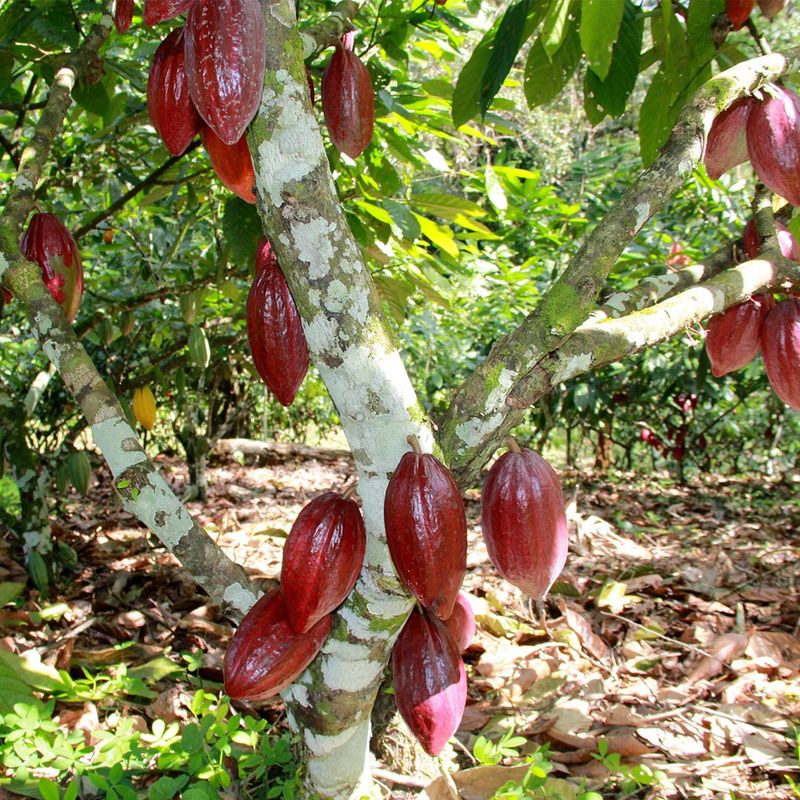
Chocolate begins its life in a surprisingly limited geographical band! Cacao trees thrive exclusively within 20 degrees north or south of the equator, requiring consistent warmth, humidity, and rainfall to produce their precious pods.
These finicky trees need the protection of taller rainforest species, creating a perfect example of environmental interdependence. Without these specific tropical conditions, our favorite treat would never exist—thank you, Mother Nature!
1. Chocolate Was Once Banned As A Religious Food
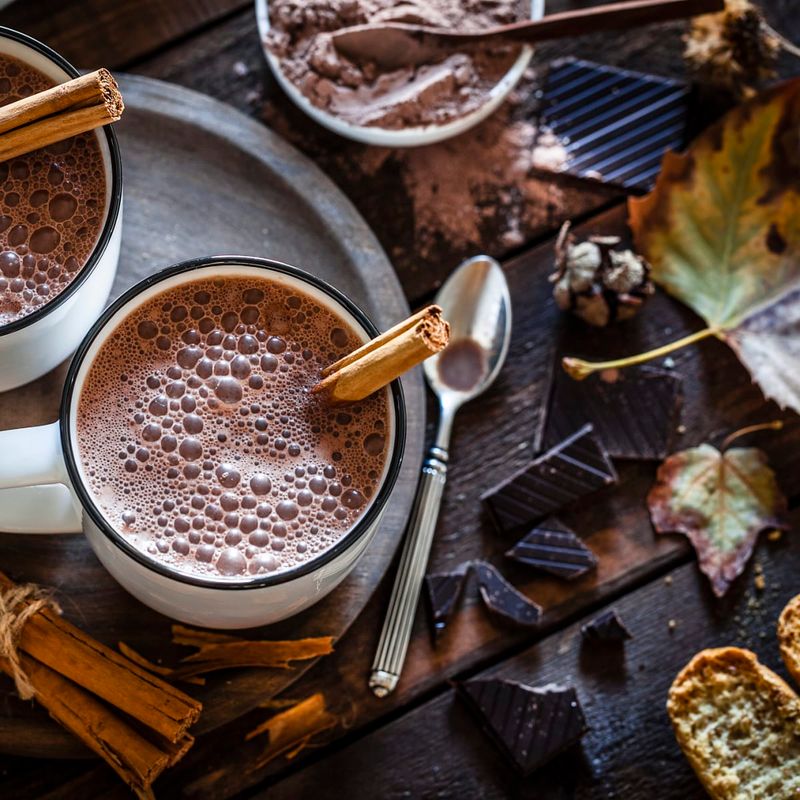
Zealous 17th-century European clergy actually banned chocolate consumption during religious fasts! Why such chocolate hatred? The rich, satisfying beverage was considered too pleasurable and potentially aphrodisiacal for pious occasions.
Thankfully, Pope Gregory XIII declared that drinking chocolate didn’t break the fast, effectively giving chocolate the papal blessing. Religious chocolate lovers rejoiced! This historical chocolate controversy shows how seriously our ancestors took their sweet indulgences.

